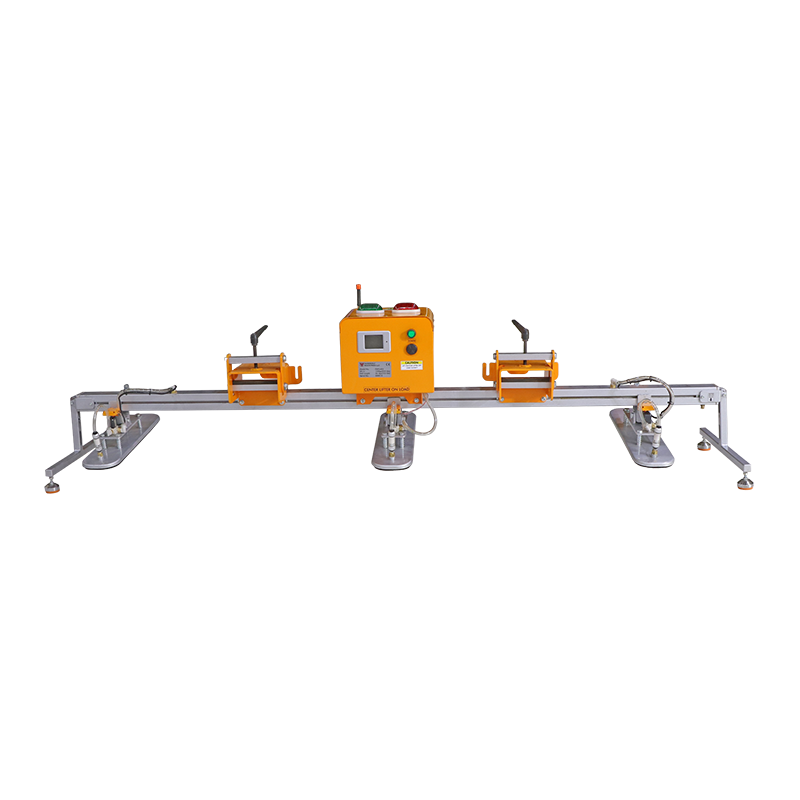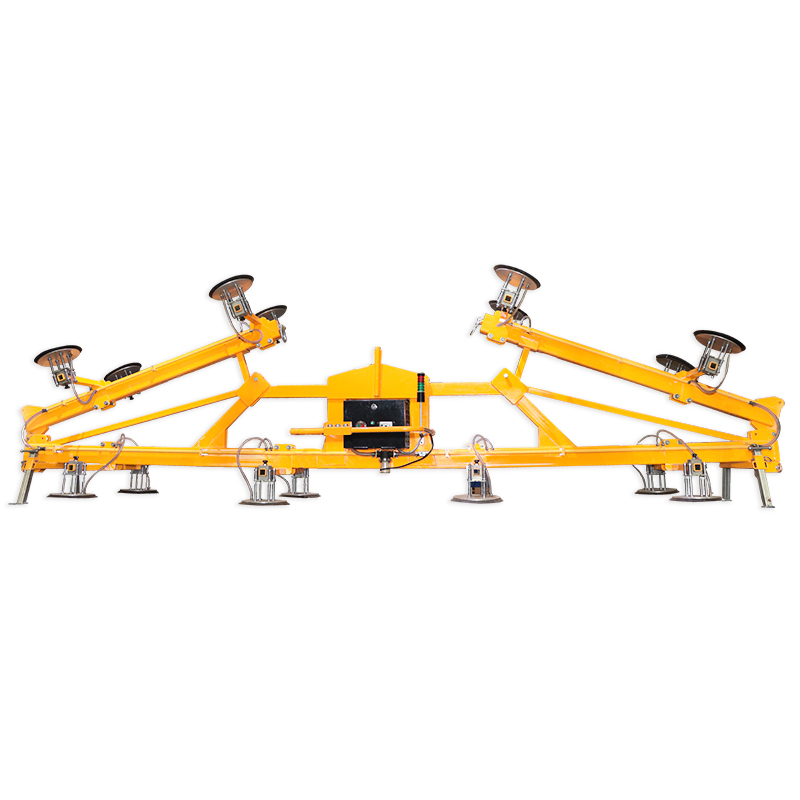In modern industrial and construction settings, safe and efficient material handling is essential. Whether lifting large glass sheets or transporting metal panels in a warehouse, the need for reliable, non-damaging lifting tools is universal. One of the most versatile and efficient solutions is the vacuum lifter—a device that uses suction to safely grip and transport flat, non-porous materials.
But what types of materials can a vacuum lifter handle? In this article, we explore common and specialized applications across industries, supported by real-world experience, technical expertise, global authoritativeness, and field-tested trustworthiness—following the principles of E-E-A-T for high-performing semantic SEO.
👉 What Is Material Handling?
👉 What Does Material Handling Mean?

Table of Contents
ToggleUnderstanding Vacuum Lifters in Material Handling
A vacuum lifter is a device that uses vacuum suction—created through pumps or compressors—to lift, position, and transport large, smooth, or delicate materials. It is commonly mounted on jib cranes, hoists, or gantries and used in both production lines and warehouse environments.
👉 What Is a Material Handling Equipment Vacuum Lifter?
👉 Vacuum Lifters
Types of Materials Handled by Vacuum Lifters
1. Glass Sheets and Panels
Vacuum lifters are ideal for handling float glass, tempered glass, laminated safety glass, and insulated glass units. These surfaces require gentle lifting to prevent scratches, cracks, and breakage.
Applications:
- Window manufacturing
- Facade installation
- Interior glazing
2. Stone and Ceramic Slabs
Materials like granite, marble, quartz, and porcelain slabs can be safely lifted with vacuum pads—especially when polished and sealed. For textured or rough surfaces, Aardwolf Slab Lifters may be more appropriate.
Applications:
- Countertop fabrication
- Floor and wall cladding
- Monument construction
3. Sheet Metal
Smooth steel, aluminum, and other metals are easily handled by vacuum lifters. Their suction-based grip minimizes bending and scratching.
Applications:
- Automotive manufacturing
- Sheet metal processing
- HVAC panel handling
4. Plastic and Composite Panels
Non-porous plastics like acrylic, polycarbonate, and fiberglass are often lightweight but large—perfect candidates for vacuum lifters.
Applications:
- Signage
- Cleanroom wall panels
- Industrial insulation panels
5. Wood Panels and MDF (Sealed or Laminated)
Sealed or veneered MDF, laminated plywood, and polished wood boards can be lifted using vacuum pads, provided they are non-porous and have minimal texture.
6. Coated Construction Panels
Vacuum lifters can be used with composite panels such as aluminum composite panels (ACP), sandwich panels, and cladding systems for facades.
E-E-A-T: Why Vacuum Lifters Are Trusted Globally
✅ Experience
Vacuum lifters have been used in material handling for decades. From small workshops to multinational factories, they’ve proven their value in lifting sensitive materials safely.
✅ Expertise
Designed by engineers and material handling professionals, these devices incorporate vacuum science with mechanical safety, ensuring high performance in diverse conditions.
✅ Authoritativeness
Trusted by safety inspectors and industry leaders worldwide, vacuum lifters are certified under ISO, CE, and other safety frameworks, and are an industry standard for heavy panel handling.
✅ Trustworthiness
Vacuum lifters come equipped with pressure indicators, alarms, backup tanks, and anti-drop systems, ensuring reliable operation even under challenging conditions.
Limitations: What Materials Are Not Ideal for Vacuum Lifters?
Vacuum lifters are not suitable for:
- Porous materials (e.g., raw wood, untreated concrete, foam insulation)
- Irregular or textured surfaces that break the vacuum seal
- Dirty or wet surfaces where suction cannot be maintained
In such cases, alternative equipment like slab clamps or manual material handling tools may be more suitable.
👉 Which of the Following Is Manual Material Handling?
👉 Which Is an Example of Manual Material Handling Equipment?
Benefits of Vacuum Lifters for Various Materials
✔ Improve Safety on Construction Site
By reducing manual lifting of heavy, fragile, or bulky loads, vacuum lifters decrease the risk of injury.
✔ Increase Construction Productivity
Vacuum lifters enable faster lifting cycles, allow single-operator usage, and minimize alignment errors during material placement.
✔ Minimize Material Waste
Scratches, chips, and edge damage are greatly reduced, especially on delicate surfaces like glass or polished stone.
✔ Reduce Labor Costs
Vacuum lifting eliminates the need for teams of handlers, enabling skilled workers to focus on higher-value tasks.
Integration with Broader Material Handling Systems
Vacuum lifters complement:
They are also a core part of warehouse operations, especially in panel handling, racking, and assembly zones.
When Should You Invest in a Vacuum Lifter?
- If your team handles flat, heavy, or fragile materials regularly
- If workplace injuries from lifting are increasing
- If manual handling is slowing down operations
- If surface damage is increasing costs
👉 When Should Invest in a Material Handling Equipment Vacuum Lifter?
Final Thoughts
So, what types of materials can a vacuum lifter handle? The answer includes a wide range of non-porous, flat, and delicate materials—such as:
- Glass sheets
- Stone slabs
- Metal plates
- Plastic panels
- Laminated wood
- Composite construction materials
These applications span across industries, proving that vacuum lifters are an essential part of modern material handling operations. With their ability to improve safety, minimize waste, and increase productivity, they’re a powerful asset in any industrial toolkit.

















Please log in to leave a comment.